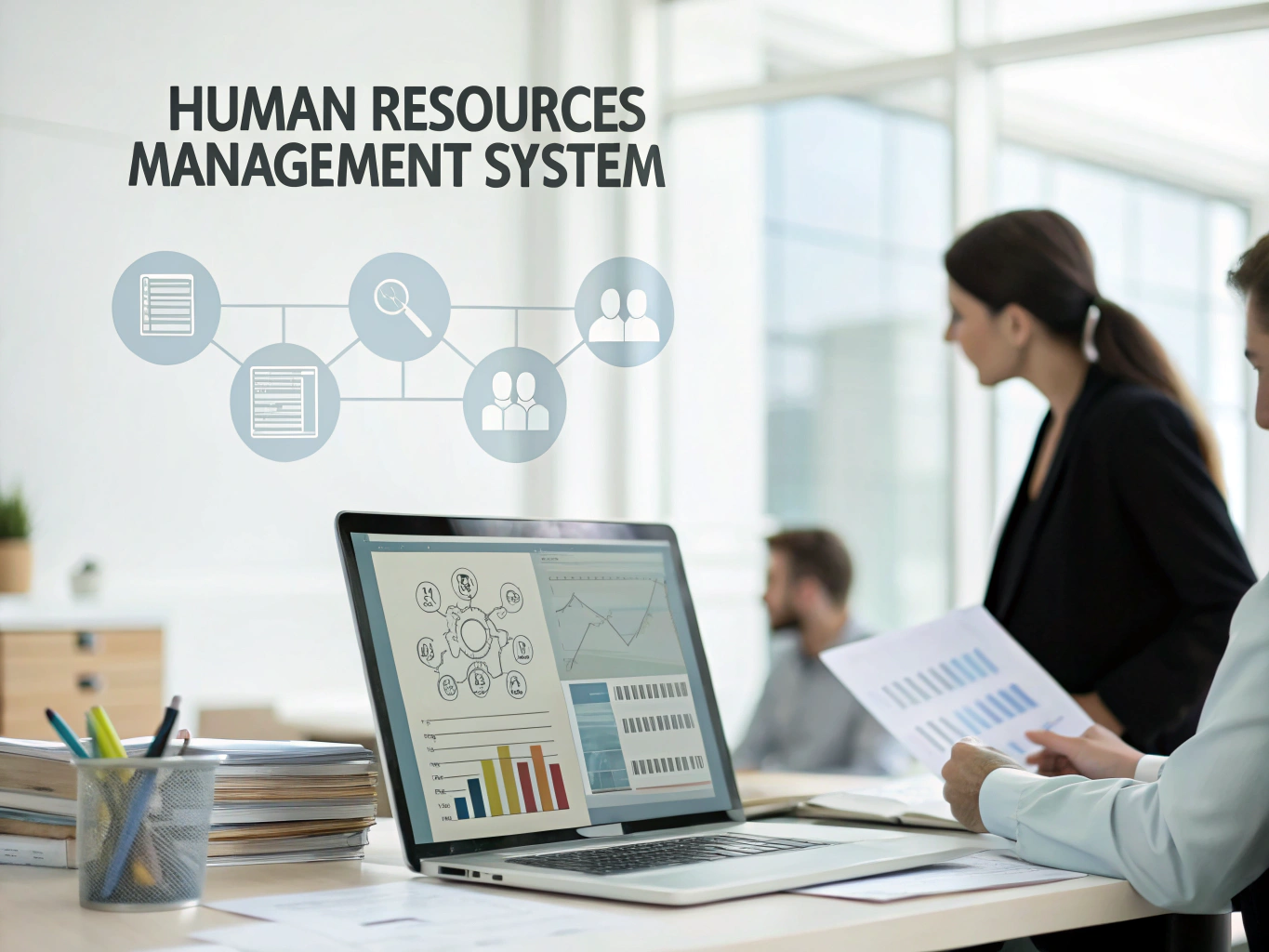Definition
A Human Resources Management System (HRMS) is a powerful tool that streamlines and centralizes all aspects of managing human resources within an organization. Think of it as the digital backbone of your HR department, where everything from employee records to performance management is housed in one accessible platform. This comprehensive system not only saves time but also enhances efficiency in handling HR functions.
Key Components
Understanding the key components of an HRMS can help you leverage its full potential. Here are the main elements you should know about:
- Employee Data Management: At the heart of any HRMS is the ability to store and manage essential employee data—everything from contact information to employment history. For instance, with a click of a button, HR can access a complete profile of an employee, making it easier to track their journey within the company.
- Performance Management: This component allows HR to set goals and monitor employee performance systematically. Imagine being able to track progress against targets and provide real-time feedback—this not only boosts morale but also aligns individual performance with organizational objectives.
- Training and Development: An HRMS can facilitate the design and tracking of employee training programs. For example, if your organization rolls out a new software tool, the HRMS can help you assign training sessions and monitor who has completed them, ensuring everyone is on the same page.
- Leave Management: Managing time off can be a headache, but an HRMS simplifies this process. Employees can request leave through the system, and HR can easily track these requests, ensuring there are no scheduling conflicts—imagine the ease when planning a team’s workload around vacations!
- Employee Self-Service Portal: Empowering employees is key to a positive workplace culture. An HRMS often includes a self-service portal where employees can update their personal information, check their benefits, and submit requests—making HR less of a bottleneck and more of a support hub.
- Onboarding: Automating the onboarding process is another significant advantage. With an HRMS, new hires can complete documentation and training modules before their first day, allowing them to hit the ground running and feel welcomed from the start.
Importance in the Workplace
An HRMS is crucial in today’s fast-paced work environment. By automating and centralizing HR functions, it not only reduces administrative burdens but also enhances data accuracy—think about how many hours are wasted correcting errors! For example, if your team is working remotely, an HRMS provides seamless access to essential documents and data, ensuring that everyone stays informed and connected, no matter where they are.
Moreover, consider the impact on employee engagement. With features like performance tracking and training management, employees feel more supported and valued. This ultimately leads to higher retention rates, as people are more likely to stay with an organization that invests in their growth.
Best Practices
Implementing an HRMS can be a game-changer, but to make the most of it, consider these best practices:
- Involve Stakeholders Early: Get input from HR staff and management when selecting an HRMS. Their insights can help you choose a system that meets everyone’s needs and addresses specific pain points.
- Prioritize Training: Once you’ve adopted an HRMS, ensure that your team is trained thoroughly. Schedule regular training sessions to keep everyone updated on new features and functionalities—this will maximize the system’s effectiveness.
- Regularly Review Data: Utilize analytics features within the HRMS to regularly review employee performance and engagement metrics. This can help you identify trends and areas for improvement, allowing for timely interventions.
- Stay Compliant: Make sure your HRMS complies with local labor laws and regulations. Regular audits can help you avoid potential legal pitfalls and ensure you are up-to-date with any changes in legislation.
- Encourage Employee Engagement: Promote the self-service portal and other employee-facing features. Encourage staff to update their information and participate in their training—this fosters a sense of ownership and responsibility.
Legal Considerations
When implementing an HRMS, it’s crucial to be aware of legal considerations. Data protection laws, such as the GDPR in Europe or HIPAA in the U.S., require that you handle employee data with care. Ensure that your HRMS has robust security measures in place to protect sensitive information. Additionally, familiarize yourself with regulations regarding employee records retention, as failing to comply can lead to hefty fines.
Conclusion
Understanding and integrating a Human Resources Management System into your workplace can significantly enhance your HR operations. It’s more than just a software solution; it’s a strategic partner that can lead to improved employee satisfaction, streamlined processes, and ultimately, a more successful organization. By embracing the power of an HRMS, you not only simplify your HR tasks but also foster a more engaged and productive workforce. So take the leap—your HR team and employees will thank you!



